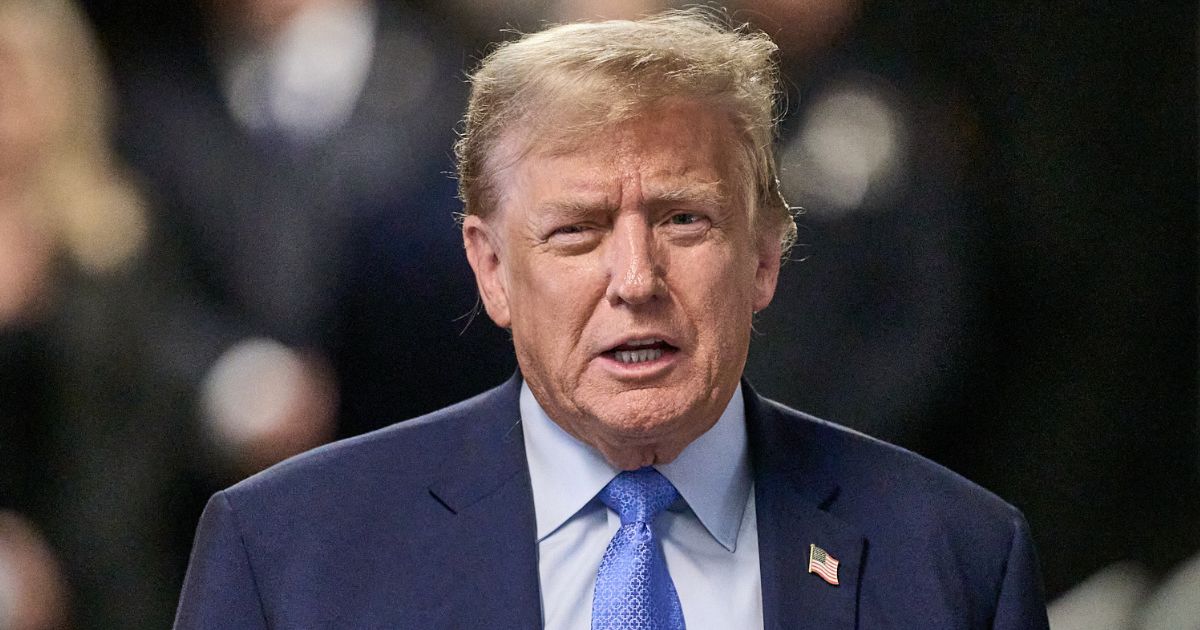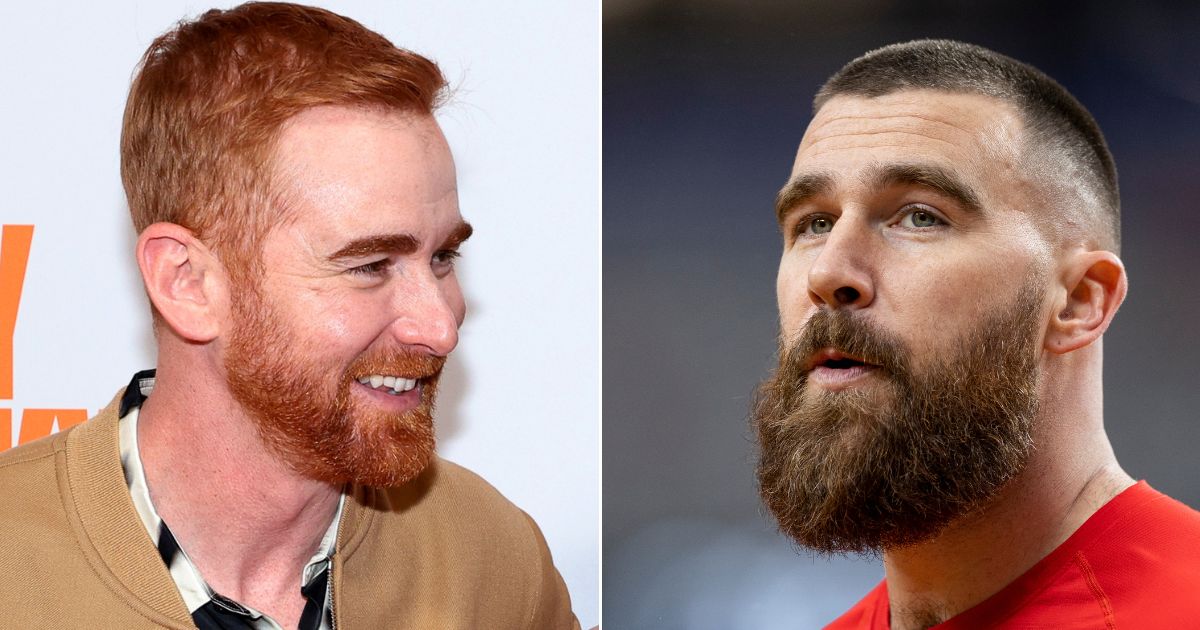The Truth About Muscle Pump and Hypertrophy
Bodybuilding, the Pump, and Soreness
Does the muscle pump matter when it comes to growth? Does how a muscle feels, before or after lifting, matter at all? Get the facts here.
Muscle Pump and the “Feeling” of Growth
Back in the Golden Age of bodybuilding (the 70s and 80s), everyone believed that the pump was the most important key to maximizing muscle growth. The best bodybuilders were all chasing the pump. This led to the development of methods like drop sets, supersets, and giant sets, as well as a focus on higher reps.
But it also heavily influenced exercise selection. If bodybuilders didn’t feel an exercise in the muscle they were targeting, or if that muscle didn’t get a nasty pump, they’d drop it.
This belief is still alive today, but there is an increasingly popular contrarian approach: people saying that how a muscle “feels” doesn’t matter at all. They say it’s all about using objective biomechanical data to determine which exercises work. You look at muscle function, the strength curve, fiber angle, etc. to select the exercises that most closely respect exactly what a muscle does.
Ironically, all of the “tried and true” exercises that built most of the biggest and strongest bodies in history do NOT fit what this approach considers optimal.
Barbell rows and curls? Chin-ups? Bench press? Squat variations? Deadlifts? Military press? Shrugs? Nope! All of them are suboptimal and should be disregarded.
It’s a wonder how people were able to build so much muscle with those completely useless exercises! (This is sarcasm.)
Also, exactly how many guys (or girls) got truly massive and beastly strong by using only these new “biomechanically optimal” exercises? I’m not talking about guys who were already big when they started using them. I’m talking about those who built a formidable physique SOLELY with these movements.
You won’t find many. And if you do, their results don’t exceed what could’ve been achieved with more traditional training.
Does The Pump Even Matter?
Does The Pump Even Matter?
Is the pump itself a hypertrophy stimulus? It’s debatable. The current consensus is that the main trigger for muscle growth is mechanical tension created by the muscle fibers when they’re contracting hard. This activates mechanoreceptors on the muscle fibers, which activate growth pathways leading to an increase in protein synthesis and muscle growth.
The pump doesn’t factor into that equation. However, that doesn’t mean that it plays no role.
Growth Factors and the Pump
Growth Factors and the Pump
The pump is associated with the release of growth factors (mechanical growth factors like IGF-1) inside the trained muscle. The accumulation of lactate and reduction in oxygen uptake by the muscle are stimuli that release those growth factors. In a sense, the more a muscle “burns” and gets swollen, the more growth factors you get.
Now, by themselves, these growth factors aren’t a huge hypertrophy stimulus. But when combined with mechanical tension (which will occur when the growth factors are released due to resistance training), those growth factors do increase hypertrophy stimulation.
An analogy: Mechanical tension is the soil and water; growth factors are the fertilizer.
- If you put a seed in fertilizer without soil or water, the plant won’t grow.
- If you put the seed in soil and provide water, the plant will grow.
- If you put the seed in soil, provide water AND add fertilizer, the plant will grow faster.
Intramuscular Pressure and Fascia Stretching
Intramuscular Pressure and Fascia Stretching
An increase in intramuscular pressure (the pump) – which is an accumulation of fluids and metabolites inside a muscle while you train – contributes to and initiates metabolic processes that lead to muscle growth. (1)
There’s also a theory that stretching the muscle’s fascia can induce hypertrophy. The fascia is a very active tissue that sends a lot of information to the rest of the body. It’s possible that creating a significant pump, which temporarily increases the volume of the muscle, could stretch the fascia surrounding that muscle which might initiate certain growth pathways (an increase in IGF-1 receptor sensitivity might be involved).
So, it’s not a stretch to theorize that the pump could be a secondary stimulus for growth, which is not insignificant.
The Pump as Feedback Mechanism
The Pump as Feedback Mechanism
Another benefit of the pump? Getting instant and direct feedback about whether you’re using the target muscle to do most of the work.
The pump is, in large part, the result of the production of metabolites that occur during muscle contractions. If you have a pump, it’s a good indication that the specific muscle was significantly involved in the exercise: the accumulation of metabolites indicates that this muscle contracted hard and for several repetitions.
By extension, if you don’t get at least a mild pump in the targeted muscle, then it might indicate that this specific muscle didn’t contribute much to the movement.
Note: Low-rep sets won’t typically cause a large pump because they rely mostly on the phosphagen system, which will not lead to the same lactate/hydrogen ion release as moderate or higher sets. So, consider that when evaluating an exercise.
The Mind-Muscle Connection
The Mind-Muscle Connection
This is a misunderstood concept. It’s not some mythical voodoo by which you use the power of your mind to make a muscle contract harder.
It simply refers to properly feeling/sensing the tension present in a muscle when you’re training it. See, when a muscle fiber produces tension, it also sends signals to the nervous system, which makes the nervous system “aware” of what’s going on with that muscle.
As such, “feeling” a muscle while you’re training is not inconsequential; it means that you are producing tension with it. And the more you feel it, the more tension is likely being produced.
On the other hand, if you can’t feel a muscle while training it, it’s unlikely that you’re optimally contracting it and imposing maximal tension – the main muscle growth stimulus.
If you “feel” tension in muscles other than the targeted one, it’s fair to assume that either that exercise (or the way you’re executing it) isn’t loading and stimulating that target muscle even if, on paper, it’s the best exercise to do the job.
What About Muscle Soreness?
What About Muscle Soreness?

First, get this straight: a productive workout doesn’t necessarily lead to muscle soreness. That lack of soreness is not an indication of a lack of gains. It’s not necessary for growth, and it’s not a hypertrophy stimulus.
In fact, excessive soreness could mean that you created too much muscle damage, which can lead to fewer gains. Soreness lingering for more than two days is likely an indication of an excessive amount of muscle damage which will lead to slower gains. The fibers are so damaged they can’t be repaired; they need to be regenerated, which is a longer process.
That said, a proper level of soreness or tenderness in a muscle the day after you train can give you another clue whether the exercise you used was effective at targeting that muscle. Soreness within a muscle is at least an indication that this specific muscle was loaded intensely. So while it’s not necessary to get sore, when it happens, it provides a clue of whether or not you’re choosing a good exercise.
The Take-Home Message
The Take-Home Message
Proper training requires you to constantly evaluate whether what you’re doing is effective or not. For exercise selection, there are several tools you can use. The pump, feeling the tension when training and post-training soreness are all valid clues. This has been used for decades. The best bodybuilders throughout history relied on these signs to select their exercises.
However, with the current trend of “science-based” training, it has been relegated to the kingdom of Broscience, with the negative connotation that comes with it. Heck, it’s often ridiculed despite the fact that for years it has been a key element in exercise selection… and it worked.
You should use all the tools at your disposal to make the best exercise choices. Analyzing the biomechanics of an exercise and EMG data are very useful tools. But so are the immediate feedback you get when doing the actual training.
Personally, if I get a poor mind-muscle connection and minimal pump from an exercise, even if on paper it’s the best biomechanical match for a muscle, I’ll look for a different movement or try to fix my pattern so that I can feel the muscle.
So yes, muscle “feel” matters. Don’t disregard it.
Reference
Reference
- Morita1 N et al. Influence of stretch and pressure as mechanical stresses on skeletal muscle. J Phys Fitness Sports Med. 2013;2(3):347-350.
(post deleted by author)
Over the centuries I have come to the conclusion that, pretty much any strength or hypertrophy protocol works, IF you do it correctly. To what degree varies from person to person of course.
One thing that experiences has taught me is that Volume will compensate for less intensity and intensity will compensate for less volume with the deciding factor being what type of training a person actually LIKES to do.
Dude, how old are you? If you are this old I’m more interested in what your diet looks like ![]()
That is 100% accurate.
(post deleted by author)
(post deleted by author)
353 but I don’t look a day over 198
My own non-scientific analysis is that science has gone too far with the analysis. Work out hard and in not a dumbass way and you’ll be fine. Too much time spent on things at the margins when most don’t do the basics. So what if xxx supplement or lat angle helps on paper, but you’re having a few six packs over the weekend to wash down your cheetos and do-nuts.
Amen! But that message is not good for influencers who want to make money from instagram
(post deleted by author)
One thing many have missed is that any results are due to actually training. If it feels good and motivates is it so important to ensure all we do is clinically 100% correct I wonder?
" Conservative News Daily does not always share or support the views and opinions expressed here; they are just those of the writer."







